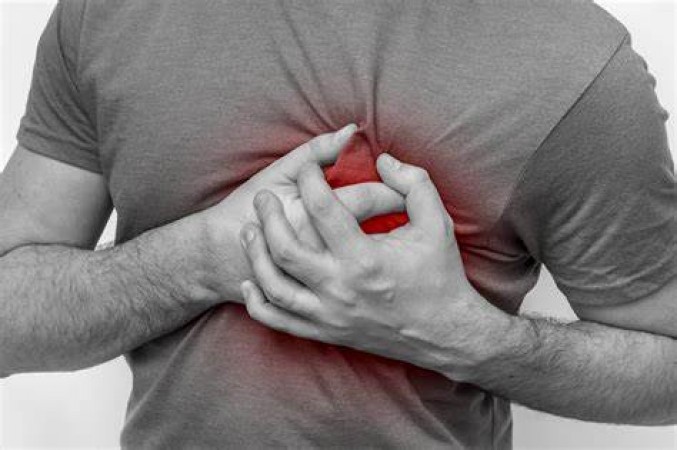Living in today's bustling world, it's not uncommon to experience stress and anxiety. These emotions can sometimes intensify and trigger panic, leading to confusion, fear, and even panic attacks. One of the most prevalent misunderstandings is the confusion between panic attacks and heart attacks. This comprehensive guide will delve deep into the intricate disparities between panic attacks and heart attacks, equipping you with the knowledge to distinguish between the two and respond appropriately.
The Complex Nature of Panic Attacks
Unveiling the Nature of Panic Attacks
Panic attacks are sudden and intense surges of fear or anxiety that can occur unexpectedly. They often peak within a few minutes, leaving individuals feeling overwhelmed.
Identifying Common Panic Attack Symptoms
- Accelerated heart rate
- Breathlessness
- Chest pain or discomfort
- Trembling or shaking
- A pervasive sense of impending doom
Probing the Causes of Panic Attacks
Panic attacks can be triggered by a variety of factors, including high-stress situations, traumatic experiences, or a history of anxiety disorders.
The Intricacies of Heart Attacks
Understanding Heart Attacks
A heart attack, also known as myocardial infarction, transpires when blood flow to the heart muscle is obstructed, resulting in significant tissue damage. It is an acute medical emergency.
Recognizing Heart Attack Symptoms
- Intense chest pain or pressure
- Radiating pain in the arm, jaw, or back
- Nausea or vomiting
- Profuse sweating
- Shortness of breath
Delving into the Causes of Heart Attacks
Heart attacks are predominantly caused by the buildup of plaque in the coronary arteries, restricting the flow of blood to the heart.
Discerning the Crucial Differences Between Panic Attacks and Heart Attacks
Onset
- Panic attacks: Sudden and unpredictable
- Heart attacks: Often occur in response to physical exertion or stress
Chest Pain
- Panic attacks: Chest pain is typically sharp and transient
- Heart attacks: Chest pain is severe, prolonged, and often radiates to other parts of the body
Sweating
- Panic attacks: Moderate sweating
- Heart attacks: Profuse sweating, often accompanied by cold sweats
Breathing Patterns
- Panic attacks: Rapid and shallow breathing
- Heart attacks: Difficulty breathing, sometimes gasping for air
Risk Factors
- Panic attacks: Frequently related to pre-existing anxiety disorders
- Heart attacks: Associated with risk factors such as smoking, high blood pressure, and elevated cholesterol levels
How to Respond Effectively to Panic Attacks and Heart Attacks
Navigating a Panic Attack
- Seek a quiet and secure environment
- Practice slow and deep breathing techniques
- Employ grounding strategies to regain control
Taking Swift Action During a Heart Attack
- Immediately dial 911 for emergency assistance
- If available, chew aspirin to potentially mitigate clot formation
- Remain as calm and immobile as possible while awaiting help
Proactive Measures and Management Strategies
Preventing Panic Attacks
- Explore stress management techniques
- Incorporate regular physical exercise into your routine
- Consider cognitive-behavioral therapy to address underlying anxiety
Shielding Against Heart Attacks
- Adopt a heart-healthy diet
- Engage in regular physical activity
- Monitor and manage risk factors, including blood pressure, cholesterol, and diabetes
To sum it up, the ability to differentiate between panic attacks and heart attacks is pivotal for your own well-being and that of your loved ones. While panic attacks are intense manifestations of anxiety, they are typically not life-threatening. In contrast, heart attacks are medical emergencies that demand immediate attention and action. By recognizing the symptoms and knowing how to respond, you can maximize the chances of a positive outcome in either situation.
The Best Mobile Phone Reuse Techniques: Eco-Friendly Ideas For Your Old Devices
Bhashini: Bridging Language Barriers and Democratizing AI in India
5 Things About AI Today: Innovations and Transformations
